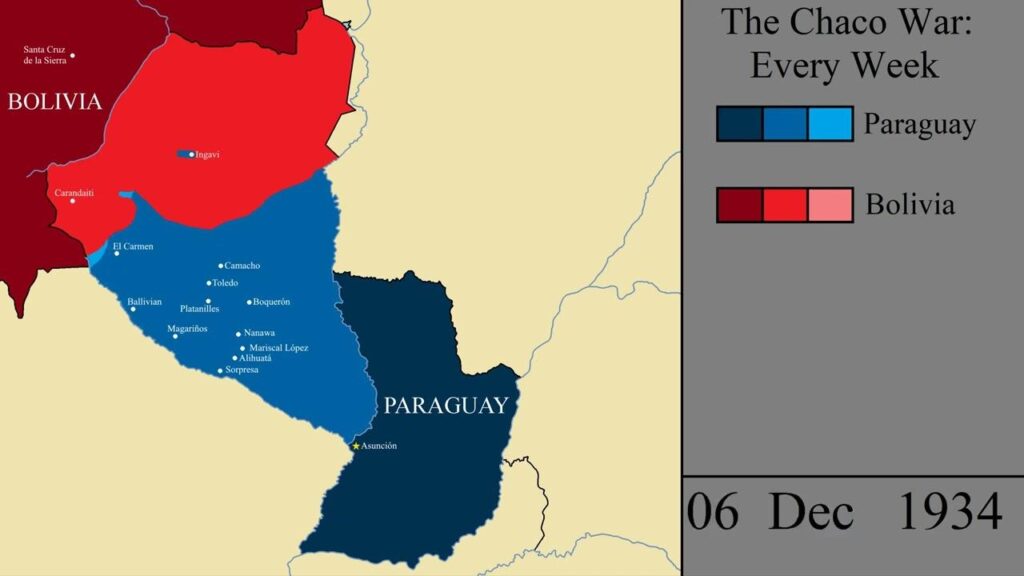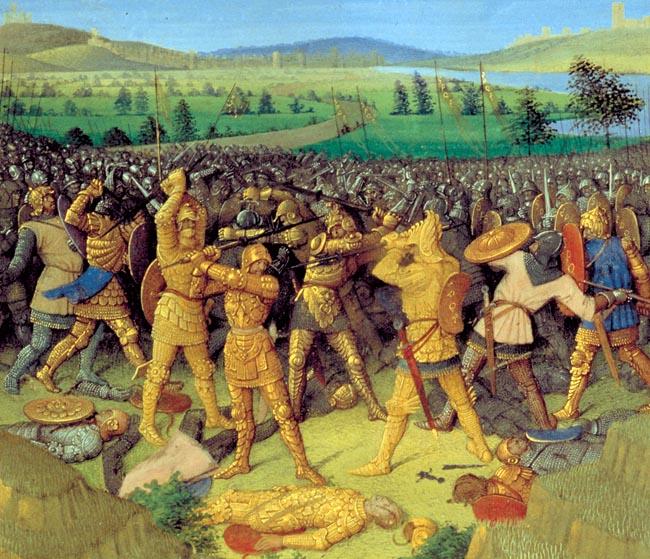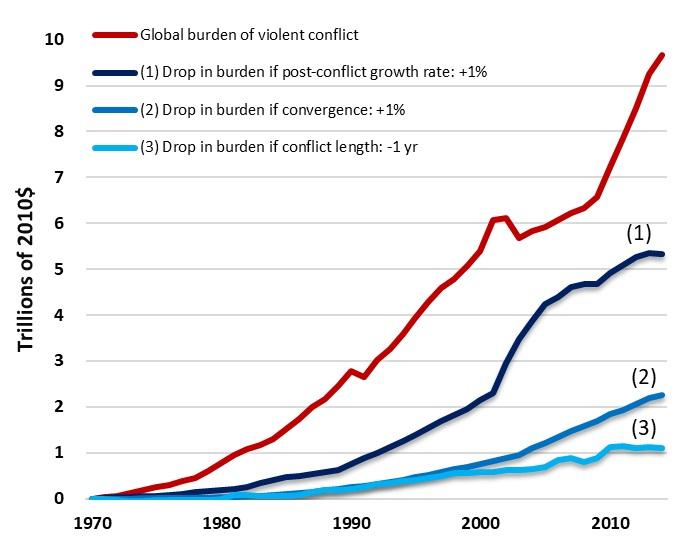In the ever-evolving landscape of modern warfare, mastering military intelligence has become more crucial than ever. At the heart of successful operations lies effective reconnaissance — the art and science of gathering critical information to outmaneuver adversaries and ensure mission success. This article delves into the key reconnaissance strategies that form the backbone of military intelligence, offering insights into how armed forces around the world harness surveillance, data analysis, and tactical observation to maintain the upper hand on the battlefield. Whether you’re a defense professional, enthusiast, or analyst, understanding these core principles is essential to appreciating the complexities of intelligence-driven operations.
Table of Contents
- Understanding the Fundamentals of Military Intelligence Gathering
- Advanced Reconnaissance Techniques for Modern Battlefields
- Analyzing and Interpreting Recon Data for Strategic Advantage
- Implementing Effective Communication Protocols in Recon Operations
- To Wrap It Up
Understanding the Fundamentals of Military Intelligence Gathering
Military intelligence gathering is a nuanced discipline that requires a seamless blend of tactical expertise, technology, and analytical acumen. At its core lies the strategic process of collecting actionable data about adversaries, terrain, and local conditions to inform decision-making on the battlefield. This process involves extracting vital information through various channels — from intercepted communications and satellite imagery to human sources embedded within target zones. Effective intelligence not only pinpoints enemy movements but also anticipates their intentions, providing military operators with a critical advantage in unpredictable combat environments.
Key reconnaissance strategies emphasize adaptability and precision, leveraging multiple methodologies to ensure comprehensive situational awareness. These include:
- Signals Intelligence (SIGINT): Intercepting and deciphering enemy transmissions to reveal communication patterns and intent.
- Human Intelligence (HUMINT): Gathering firsthand observations from sources on the ground, often involving covert operations or liaison with local informants.
- Imagery Intelligence (IMINT): Utilizing aerial and satellite reconnaissance to monitor terrain and troop deployments in real time.
- Measurement and Signature Intelligence (MASINT): Detecting chemical, biological, or radiological information that can indicate enemy activity or capabilities.
Mastering these frameworks enables military units to synthesize raw data into coherent intelligence products that influence operational planning, enhance force protection, and drive mission success at every level.
Advanced Reconnaissance Techniques for Modern Battlefields
In contemporary warfare, gaining a tactical edge requires leveraging cutting-edge tools and methodologies that extend beyond traditional scouting. Today’s reconnaissance missions are deeply integrated with technology such as unmanned aerial systems (UAS), real-time satellite imagery, and electronic warfare capabilities. These assets provide multi-dimensional intelligence, enabling commanders to assess enemy movements and terrain with unparalleled precision. The fusion of cyber reconnaissance with physical operations allows forces to anticipate adversary strategies by intercepting communications and disrupting command networks before ground troops engage.
Moreover, non-kinetic approaches are evolving, focusing on signal intelligence (SIGINT), human intelligence (HUMINT), and advanced geospatial analysis. Recon teams employ stealth drones equipped with multispectral sensors that can detect hidden threats and environmental changes. Emphasis on interoperability between joint forces ensures that reconnaissance data is rapidly disseminated across platforms, streamlining decision-making processes. Key attributes include:
- Integration of AI-driven analytics for pattern recognition
- Enhanced cyber reconnaissance to identify vulnerabilities
- Deployment of micro-satellites for persistent surveillance
- Collaborative intelligence sharing across allied units
Analyzing and Interpreting Recon Data for Strategic Advantage
Effective interpretation of reconnaissance data transforms raw intelligence into actionable insights. Analysts must rigorously validate the credibility of sources and cross-reference information with existing databases to avoid misinformation. Critical thinking combined with advanced analytical tools allows military strategists to identify enemy patterns, potential vulnerabilities, and forecast movements with heightened accuracy. By converting disparate bits of data into a comprehensive operational picture, commanders gain a decisive edge over adversaries, enabling timely and informed decision-making.
To maximize strategic advantage, reconnaissance data should be distilled into clear, concise reports emphasizing key findings and potential implications. Successful reports often include:
- Identified threats: pinpointing areas or units that pose imminent risks
- Terrain analysis: assessing landscapes to inform troop deployment and movement
- Enemy capabilities: documenting weapon systems, numbers, and technological assets
- Timing predictions: anticipating enemy operations windows based on reconnaissance cycles
Such structured intelligence briefings not only streamline communication but also empower field operations with precision-targeted tactics, ultimately sustaining superiority in dynamic conflict environments.
Implementing Effective Communication Protocols in Recon Operations
In high-stakes recon missions, seamless communication is the backbone of operational success. Establishing clear, concise, and secure channels minimizes the risk of misinformation and enhances real-time decision-making. Tactical teams must employ a combination of encrypted radios, signal codes, and pre-determined visual signals to maintain contact without compromising their position. Emphasizing redundancy in communication pathways ensures that if one channel fails, others can instantly compensate, preventing dangerous lapses in intel flow.
Key elements to focus on include:
- Utilization of frequency hopping and encryption to prevent interception by adversaries.
- Implementation of standardized communication protocols to streamline message clarity.
- Routine training exercises simulating communication failures to build team resilience.
- Integration of real-time data sharing technologies for synchronized situational awareness.
To Wrap It Up
Mastering military intelligence is no small feat—it demands a sharp mind, meticulous planning, and an unwavering commitment to detail. By embracing key reconnaissance strategies, military professionals can unlock critical insights that shape mission success and enhance operational safety. Whether it’s leveraging advanced technology or honing traditional observation skills, the ability to gather and analyze actionable intelligence remains a cornerstone of effective defense. As the landscape of warfare continues to evolve, so too must our approach to reconnaissance, ensuring that those on the front lines are equipped with the knowledge they need to outthink and outmaneuver any adversary. Keep sharpening these skills, stay informed, and remember—the strength of any military force lies in its intelligence.












